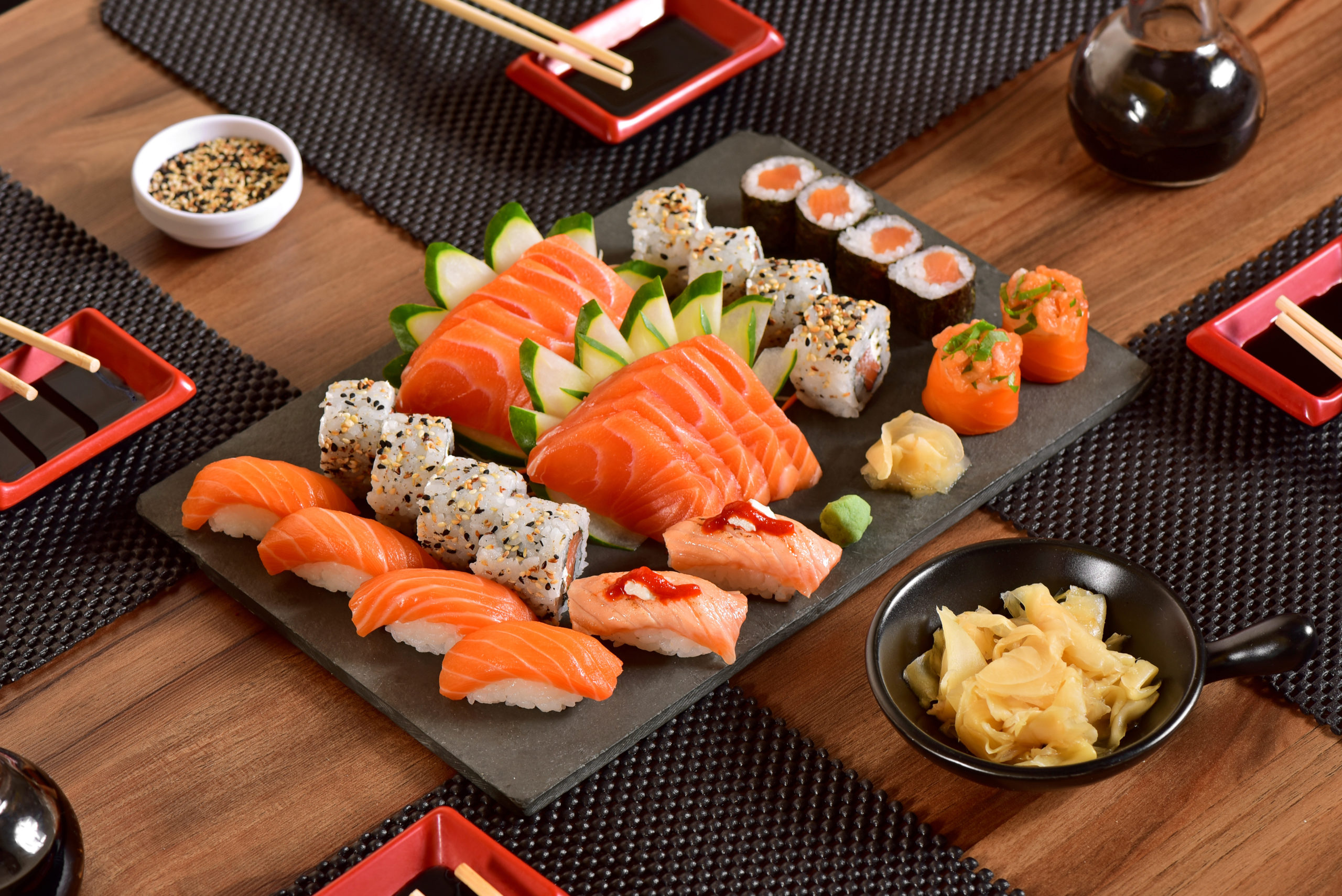
Japanese cuisine is experiencing a renaissance in popularity as customers embrace healthier eating options and seek for more exciting dining options in an age when cross-border travel is almost impossible.
According to a poll conducted by the Japanese Ministry of Agriculture, Forestry, and Fisheries, global popularity of Japanese food was increasing prior to the arrival of COVID-19. Between 2017 and 2019, the number of Japanese restaurants in greater Asia increased by 30%, from 118,000 to an estimated 156,000. Further abroad, Oceania had a 40% rise, Latin America saw a 30% increase, and North America saw a 20% increase.
When COVID debuted in early 2020, sales continued to grow owing to the cuisine’s health advantages. Waitrose, an upscale British supermarket, reported a 33 percent rise in Japanese food searches on its website last year, while food-delivery firms reported higher sales of Japanese cuisine in several regions.
According to a poll conducted by the Institute of Food Technologists, Japanese cuisine is the third most popular foreign cuisine, after Italian and Chinese.
Japanese government submitted to UNESCO to have their food classified as a world heritage. Japanese meal consists of rice, miso soup, fish and veggies, and they are well balanced. However according to the government home data, the amount of money a single family spends on bread topped the amount spent on bread last year for the first time. and this indicates how Japanese people have grown indifferent in their own cuisine.
Numerous food industry sources anticipated increased interest in Japanese cuisine as a result of the now-deferred 2020 Tokyo Olympics – not so much in sushi, which is already ubiquitous throughout the world, but in lesser-known dishes such as souffle pancakes, donburi rice bowls, katsu sando milk bread sandwiches, Japanese whiskeys, natto, and the condiment yuzu kosho.
In Asia, Thailand had a 13% growth in the number of Japanese restaurants last year, reaching 4000 for the first time. According to researchers, Asia’s burgeoning middle class is contributing to the increasing demand – and considering that it is expected to rise fivefold over the next two decades, interest in Japanese cuisine is unlikely to wane anytime soon.
Over 1700 of Hong Kong’s more than 15,000 eateries are authorised to offer sashimi and sushi. This demonstrates that Japanese cuisine culture is very popular in Hong Kong, both among residents and visitors.
Pork, chicken, milk products, wheat flour, instant noodles, fresh fruit (including mandarins, grapes, honeydew, peaches, pears, and strawberries), vegetables (including broccoli, lettuce, white radish, mushrooms, sweet potatoes, and dried beans), wine, sake, chocolate snacks, soybean oil, ginseng, oysters, ornamental fish, anchovy, scallops, abalone, sea cucumber, and coral were the most frequently imported foodstuffs into Hong Kong in 2020.
If you want to hire a private chefs, hire a cook hire a professional chef or booking a private chef and any sort of domestic staffing, contact JK Collection